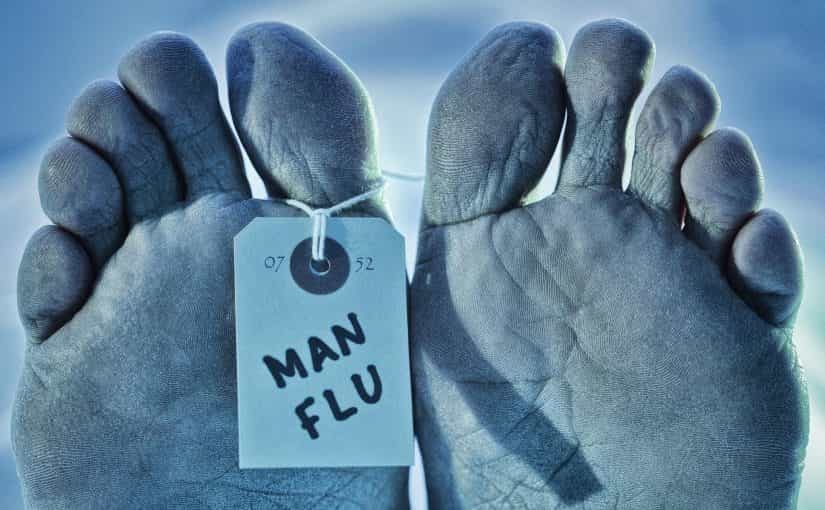Men are often portrayed as likely to complain about a cold (or ‘man flu’) but otherwise reluctant to visit the GP for a check-up or to seek help regarding health concerns, and this may be part of the reason that men often have worse health outcomes.
Men’s Health Week takes place in June each year; it was started in the US in 1994 to increase awareness of preventable health problems and encourage early detection and treatment of disease among men and boys.
This month we take a look at the broad role pathology plays in some conditions affecting men.
Heart disease
The biggest killer of men in Australia is heart disease. The Heart Foundation says 98 Australian men have a heart attack every day with 1 in 7 dying. Heart disease has a number of risk factors that are modifiable and pathology can help to identify risk and measure improvement by use of cholesterol testing.
Total cholesterol testing measures levels of high density lipoproteins (HDL or ‘good’) cholesterol, low density lipoproteins (LDL or ‘bad’) cholesterol and triglycerides in the blood.
A person’s total cholesterol score will show whether they are at greater risk of developing heart disease and having a heart attack. High ‘bad’ cholesterol and triglycerides can cause the arteries to harden and narrow. Having a blood test to find out cholesterol levels is highly recommended, particularly for men over 45. Changes in diet can help lower ‘bad’ cholesterol and reduce risk and follow-up pathology results can monitor improvement.
Although younger men may be less likely to worry about heart health, cholesterol testing is also advisable for those under 45 who are in high risk groups. Men with heart disease in their family, who are overweight or have diabetes are all at increased risk and recent research has also drawn a link between mental health and heart disease.
Melanoma
Men are more likely to suffer from melanoma than women and more likely to die from the disease.
Research suggests that, as well as other biological differences, men develop melanoma more on their backs and chests, whereas it is more common on the arms and legs in women. Back and chest areas are harder to see meaning the cancer may go unnoticed longer in men. It is also more difficult for someone to apply sunscreen to their own back when it is exposed to the sun. As men may be less likely to seek help with sunscreen application, this places them at further risk.
Pathology is crucial for melanoma diagnosis which is done via a biopsy of a lesion removed from the skin.
Testicular cancer
The most common cancer in men aged 18-39 is testicular cancer, according to Cancer Council. Diagnosis of testicular cancer starts with a physical examination and may then include laboratory tests for tumour markers, such as AFP (alpha-fetoprotein), hCG (human chorionic gonadotropin) and LDH (lactate dehydrogenase). An ultrasound may also be used to distinguish between cancer and other possibilities such as infection.
Should these tests indicate testicular cancer is likely, diagnosis is confirmed by removing the testicle, which is then biopsied.
A biopsy performed while the testicle is still in situ risks spreading the cancer so the testicle is removed in cases where cancer is strongly suspected. This also acts as the first stage of treatment and further treatment may not be needed if the cancer is detected early.
Once testicular cancer is diagnosed, blood tests to monitor tumour markers can also help doctors to assess the patient’s response to treatment.
Sexually transmitted infections
With research showing that sexually transmitted infection (STIs) rates continue to rise, STI screening is an essential part of men’s health.
In terms of everyday human activities, sex is one of the easiest ways to spread infection and although many men feel that they are in a low risk category for STIs, screening is important to rule out ‘silent’ infections and protect sexual partners.
Chlamydia has raised concern recently as rates are high amongst Australians on the dating scene, including over 50s. Around 50% of chlamydia cases in men have no symptoms and diagnosis can only be made using pathology testing of either a urine sample or a cell sample collected from the urethra (or the cervix in women).
The infection is easily spread and when left untreated can damage fertility in women and can even lead to men becoming sterile in some cases.
Other infections which can be passed on through sex, such as herpes, can increase the risk of contracting more serious diseases like HIV. A sexual health check can help identify any suspect lesions which can then be swabbed to collect a cell sample for pathology testing.

